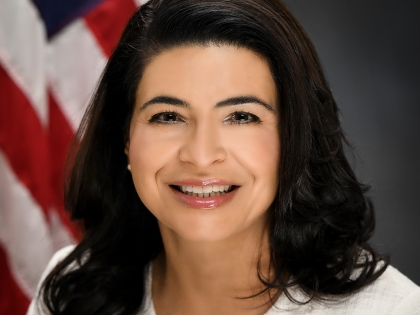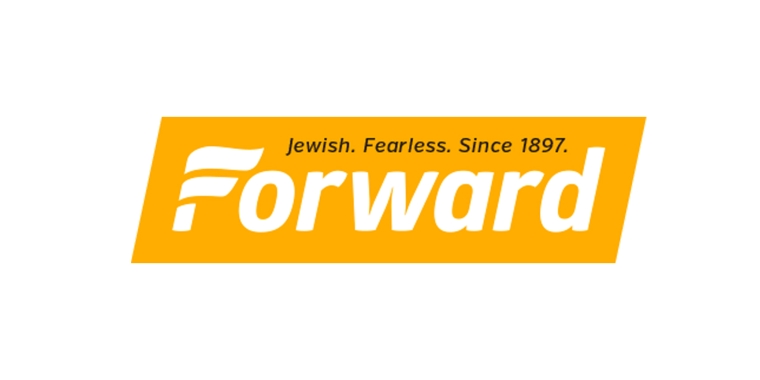
Focusing on Holocaust education in New York public schools

There is a renewed emphasis on Holocaust education thanks to a new state law signed in August by Gov. Kathy Hochul, requiring public school district superintendents to attest in a survey that their schools are making the Holocaust part of classroom instruction.
Survey responses must be submitted by Nov. 10. The survey asks whether elementary, middle and high schools are providing instruction related to the Holocaust, how they are doing so and what type of training educators have received in the subject.
The American Jewish Committee praised the new law. “As the number of Holocaust survivors dwindles, Holocaust education becomes more challenging,” said AJC Regional Director Eric Post. “Expanding Holocaust education is the biggest challenge this generation of Jews will have in the future, and increasing education levels in New York State schools is imperative.”
While information from the State Education Department will detail what compliance with the law will look like, Holocaust education is already a requirement in the Lawrence School District, from kindergarten through 12th grade.
Using resources provided by the state, which include fundamentals of teaching the Holocaust from the U.S. Holocaust Memorial Museum and lesson plans from the Anti-Defamation League and the Museum of Jewish Heritage, Lawrence has implemented an extensive Holocaust curriculum.
“We have so many families in our district that have oral histories of having lost family members to the horrors of the Holocaust,” Superintendent Ann Pedersen said. “We join with one of our local yeshivas, HAFTR, to participate at the middle school level in Names, Not Numbers.”
HAFTR is the Hebrew Academy of the Five Towns and Rockaway. As part of the international documentary film project Names, Not Numbers, eighth-graders from both schools interview Holocaust survivors, and the interviews are videotaped.
“It’s important for all people to be educated on the Holocaust,” Pedersen added. “When we speak to our children, we realize how little they know about this tragic part of history. The symbols of hate and the magnitude of the Holocaust must be understood by all. In Lawrence, we feel it more personally.
“At the elementary level, we focus a lot on the social-emotional learning aspects, even for the youngest learners,” she said.
“What we’ve found is that we really had to educate on what the swastika meant, because kids just didn’t get it. We explain that there are certain symbols and words that are tied to horrific events in history, and that they have an impact. It’s embedded in that global perspective that everything that we say and do impacts other people.”
While Lawrence has designed an extensive curriculum focused on the Holocaust, Andrea Bolender, chairwoman of the board of the Holocaust Memorial and Tolerance Center of Nassau County, said that many schools are falling short of what should be required. State Sen. Anna Kaplan and Assemblywoman Nily Rozic proposed the original bill for the education survey in the center’s garden.
“There are many New York schools that do have complete curriculums, but we don’t know which ones,” Bolender said, “and we want to make sure there is some sort of minimum standards that are met.”
Bolender, the daughter of a Holocaust survivor, said that the State Education Department should enforce a minimum standard of Holocaust education for every school, public and private.
With education more digitized and conspiracy theories rife on the internet, she said that it is even more important today to begin that education at an early age. While it is difficult to pin down the age at which teaching about the Holocaust should begin, officials say there are age-appropriate methods for teaching younger students.
“We don’t want to traumatize 6-year-old kids, but we do want to start teaching them,” Bolender said. “We have educators who were raised with survivors who work with K-through-5 kids on what it means to be kind. Then you can start comparing what it means to be unkind. It makes it easier in fourth or fifth grade to say these unkind actions happened to the Armenians, happened to the Jews, and you can start introducing the idea that words relate to hatred.”



